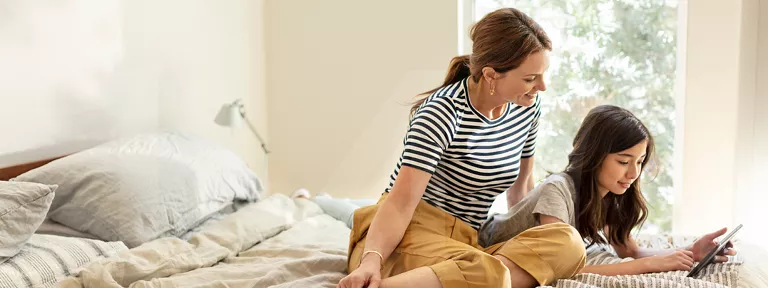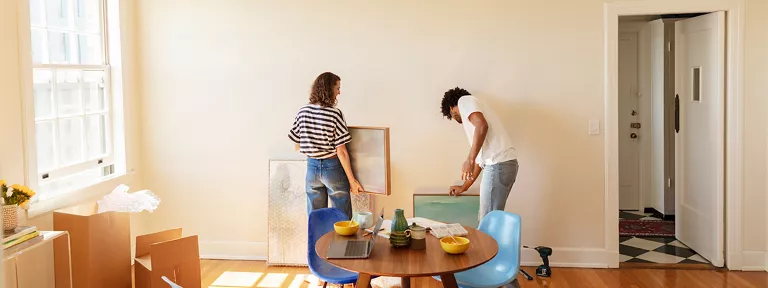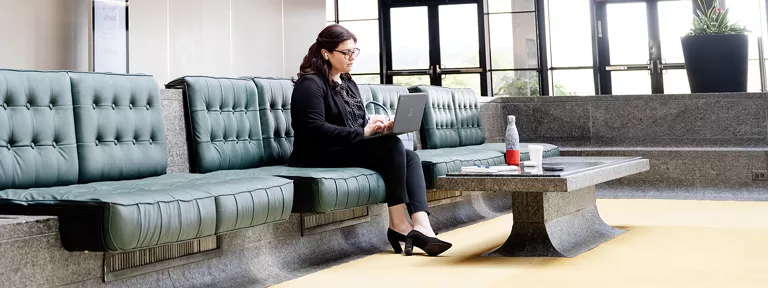Plus get a discount on your home internet plan when you bundle it with your Verizon mobile phone plan.
Smartphones
Home internet and phone services
Deals
Stay connected with Verizon
Plus get a discount when you bundle your home internet and mobile phone.
Bundle and save
Save on home internet, phone, perks and more. Keep it all together with Verizon.
Get startedInternet service in your area
Find the fastest Verizon internet service available at your address.
Check internet availabilitySave big with Verizon exclusive deals
Check out our latest deals on home internet, smartphones, accessories & more.
This content is provided for information purposes only. All information included herein is subject to change without notice. Verizon is not responsible for any direct or indirect damages, arising from or related to use or reliance of the above content.










